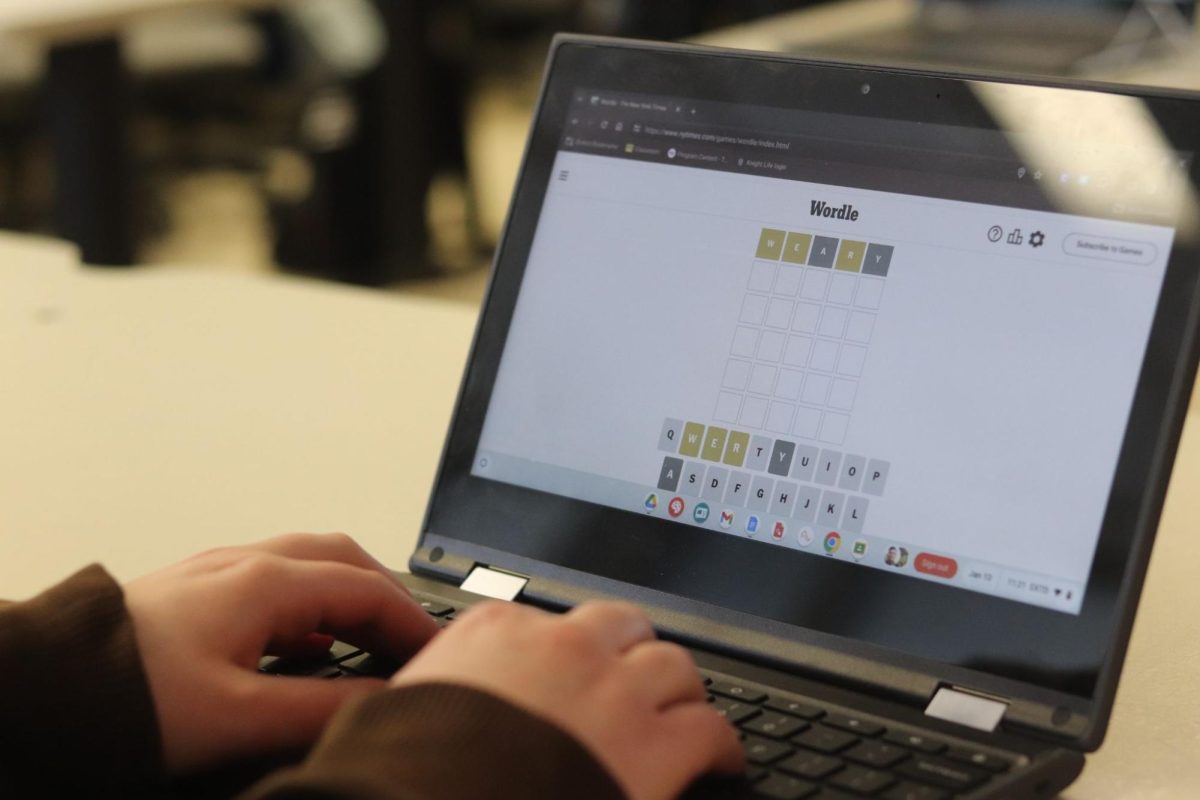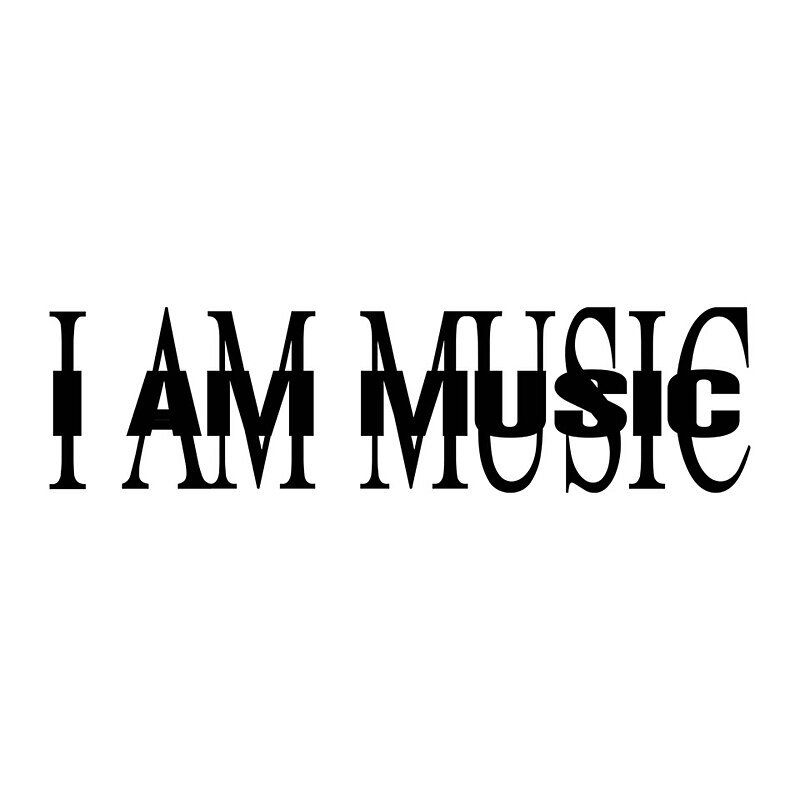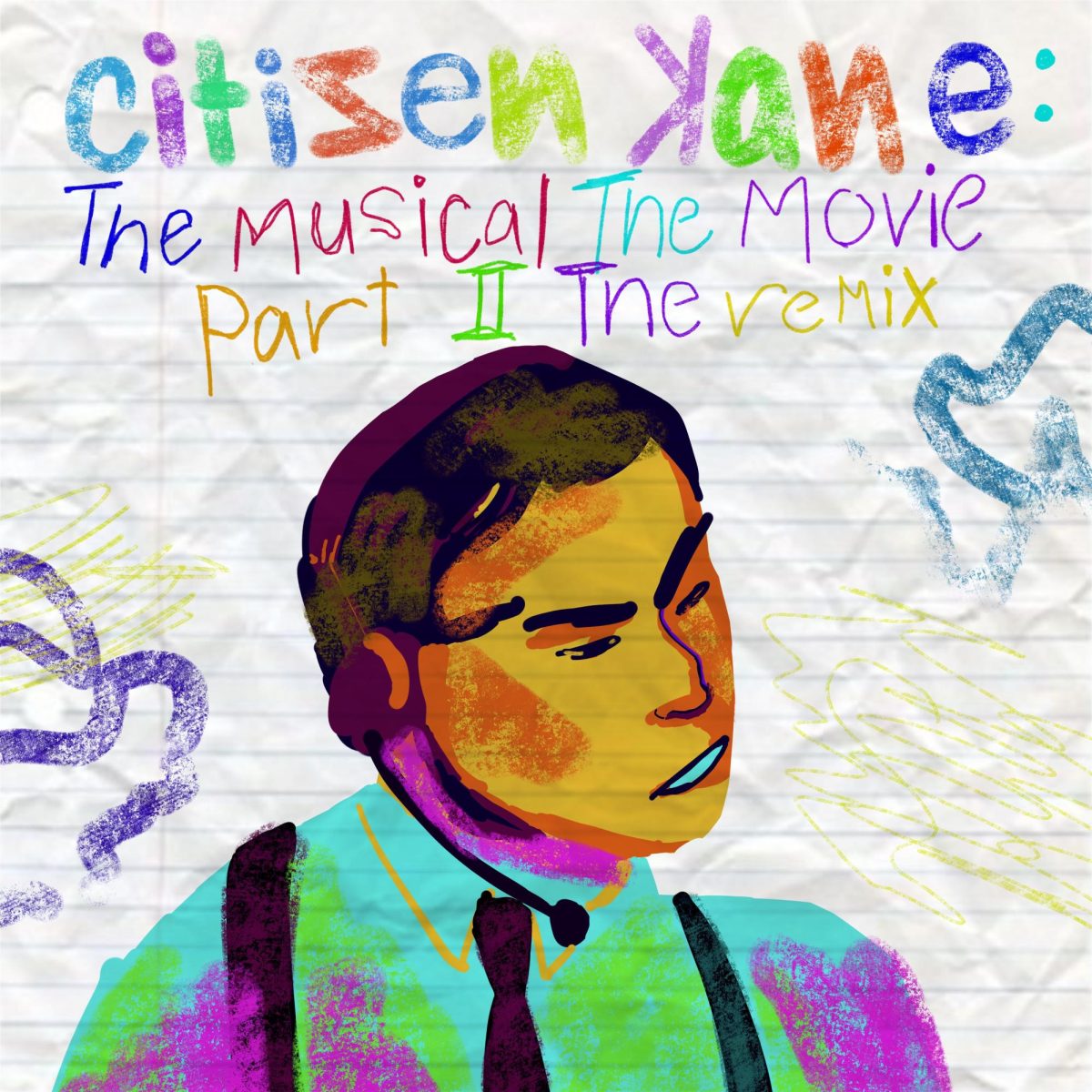8: Letter Boxed
One of the more challenging games in the spelling-sphere, Letter Boxed requires the player to create five words using twelve letters placed around a square. The last letter of your word becomes the starting letter of your next word. The game gets tricky once you realize that you cannot put two letters from the same side of the square next to each other. The object of the game is to use all of the letters in the square in less than 5 words.
Discovering the best-starting word to use is often time consuming, and the trick to solving the puzzle requires the player to plan how their guesses will start and end. The hardest element of the game is that there are often not enough vowels in the square or in the correct sequence, to make the desired words.
While it could be debated whether or not it is morally sound to put the most challenging game at the bottom of the list, Letter Boxed is simply not relaxing or mentally satisfying enough to outweigh the difficulty.
7: Vertex
First released in 2019, the Vertex is another solid game that the publication has to offer. Players connect an abstract group of dots, into triangular shapes, to eventually reveal an image. The element that stumps players into fifteen-minute-long vertex sessions is that each dot can only be connected a certain number of times.
The concept is based on traditional Chinese puzzles called tangrams that use geometric shapes, like triangles, to form designs of animals and shapes.
What puts this game at a somewhat controversial number seven could be seen as both a blessing and a curse. Often, the final connections of the puzzle are not what the user typically expects. Unconventional triangles and hidden dots can put the player at a crossroads, and hopefully, offer a dopamine rush when the puzzle is completed. However, the full daily puzzle is reserved for subscription holders thus making it one of the least accessible free games.
6: Spelling Bee
The Spelling Bee game is slightly unorthodox to what you would normally expect from a spelling game. Released to the online platform in 2018, players must use a set of six letters surrounding one middle letter. This letter must be used in all word combinations that the user creates.
The requirement of the middle letter challenges the player to think outside of the box and try all of the given starting letters.
However, the cons of this game that put it at number six are that three-letter words are deemed “too short,” and that without a paid account, there is a fifteen-word limit. These limits hinder a competitive player’s ability to make the global leaderboard or achieve the infamous “Queen Bee” status — finding all possible word combinations for the day.
5: Sudoku
A time-honored classic, Sudoku is the only number-centric game in the collection. Patrons can choose between three levels of varying intensity: easy, medium and hard. Players have to fill a three by three square box with numbers one to nine. There are nine boxes of this size, and players cannot repeat the same number twice in a box, row, or column.
What the NYT does well with this staple of a game is the timed element that allows players to compete with each other or their personal records. As with most of their games, the website offers hints to give players extra support: the Sudoku puzzle highlights any repeats, alerting the player to the incorrect placement of a number.
Nothing to critique about this game, solid delivery from the NYT.
4: Tiles
As one of the best non-word-based games that the publication has to offer, Tiles is composed of thirty square panels, each with four layering patterns on top. The player must move around the board finding pairs of tiles that share one of the same layered patterns. Once the tiles are connected, the pattern will disappear until the board is cleared.
Fans of the game can aim to make “long” combinations by connecting the tiles with only one pattern in common, or they can go for “double” and “triple” matches by finding tiles that share more than one pattern.
Trying to get through the board without breaking the connecting streak is addicting, which makes the fact that this game is available two times per day a major bonus.
Players can get creative with how they choose to clear the board: if they strategically clear certain patterns first, they can complete the puzzle in more or less moves. This added element of strategy makes the game not only visually appealing but also mentally stimulating.
The coolest part about the game, however, is the process by which the designers created the game. Each tile set is named after a different major city in the world, (Holland, Lisbon, Brighton) and the designs and colors of these titles often correspond to the main cultural aspects of that place.
3: Connections
Released in June of 2023, Connections is the newest addition to the game catalog. The game requires that players group a seemingly random assortment of sixteen words into related categories of four.
There’s a learning curve in successfully completing the Connections. Often the words in different categories will loosely relate to one another, tricking the player into incorrectly grouping the words.
The best part of this game and what secures it a spot at number three is that it works the long-game in terms of satisfaction. Users who have spent enough time trying and failing at attempting the Connections, will eventually start to notice certain patterns and tricks that allow them to beat the game.
Additionally, as the words get grouped together, the color that appears represents the level of difficulty for that category. The colors yellow, green, blue and purple ascend in their level of difficulty. This feature allows players to compare the order in which they solved the puzzle to other users.
2: Wordle
The Wordle started as an independent, free online game in Oct. of 2021. Founded by Josh Wardle, the game captured the attention of thousands.
In the daily game, players have six opportunities to guess a five-letter word. The letters guessed will turn yellow or green depending on their placement in the correct word.
It was a high source of contention in 2022 when the NYT bought the game for an estimated one million dollars. Fans of the game feared that they would have to purchase a NYT subscription in order to play the Wordle.
However, since the acquisition of Wordle, the game has upheld its integrity, placing it at spot number two on this esteemed ranking.
One of the most enjoyable aspects of the Wordle is its ability to entertain many different styles of gameplay. There are the players who calculate the best vowel-heavy starting word to use, those who choose an initial word based on instinct, those who use placeholder letters to visualize the word and even casual players who drop in once a month just to make a lucky guess.
The coolest addition to the game since the publication took ownership, and what ranks it so high on this list, is the WordleBot. WordleBot is an artificial intelligence algorithm that uses past puzzle answers and a collection of 3,150 common English words to predict the daily answer.
After you complete the Wordle, the WordleBot will tell you if you “beat the bot,” how you ranked against other players and give you a score of zero to ninety-nine based on how you did comparing luck vs skill. Despite the potential for an “iRobot” type situation, the creation of WordleBot redeems A.I.
1: The Mini Crossword
One of the best decisions the NYT made was hiring Joe Fagliano in 2014 to convert their infamous crossword puzzle to the popular bite-sized format.
The mini crossword puzzle is the supreme NYT game. With an abbreviated 10 words per puzzle, it gives you the satisfaction and mental stimulation of completing a crossword without the time commitment of the 72-word large puzzle. The quick completion time, depending on who you are, is what makes the mini a refreshing way to start your day and awaken your brain.
The best part of the mini is Fagliano’s ability to tie in pop culture references in record time. Something that happened on your favorite TV show on Friday could appear in the mini the following Tuesday.
Whether you’re doing the Connections when you’re bored in class with friends, racing your family to beat the Mini Crossword or sharing your Wordle guesses with the group chat, games can connect us.










Mr Lafferty • Feb 3, 2024 at 8:20 am
What about the biggie crossword?